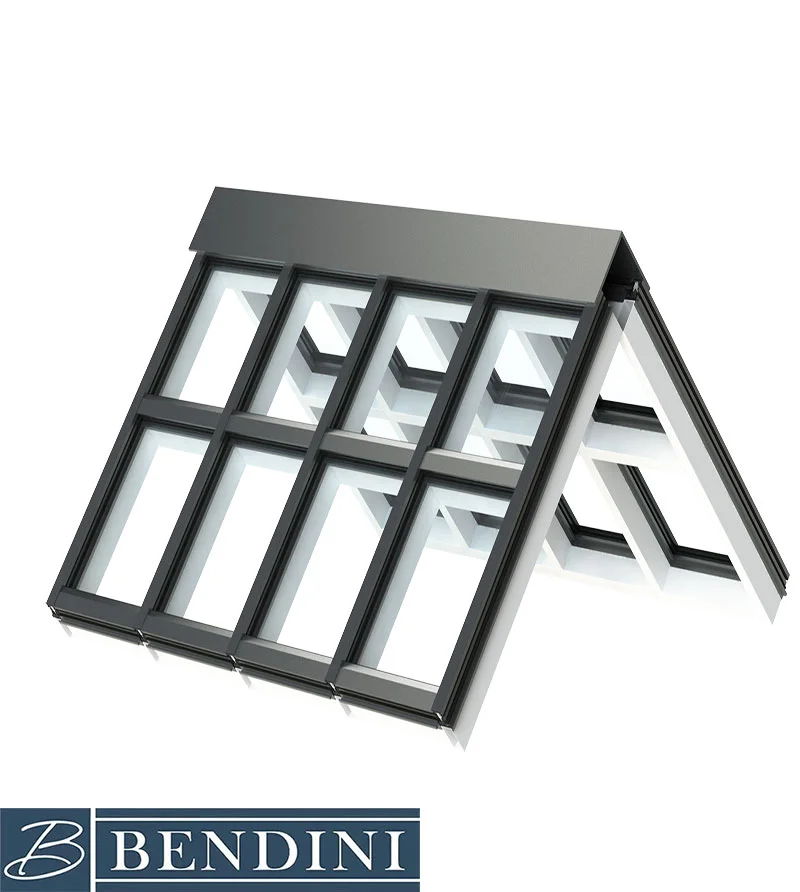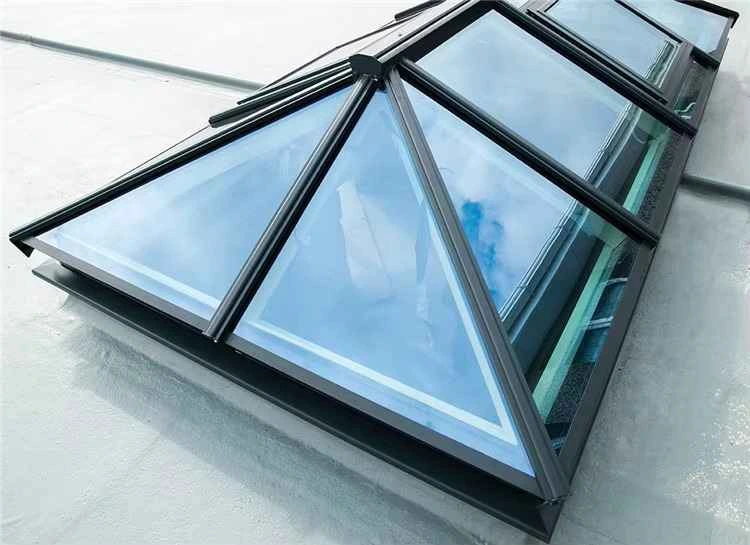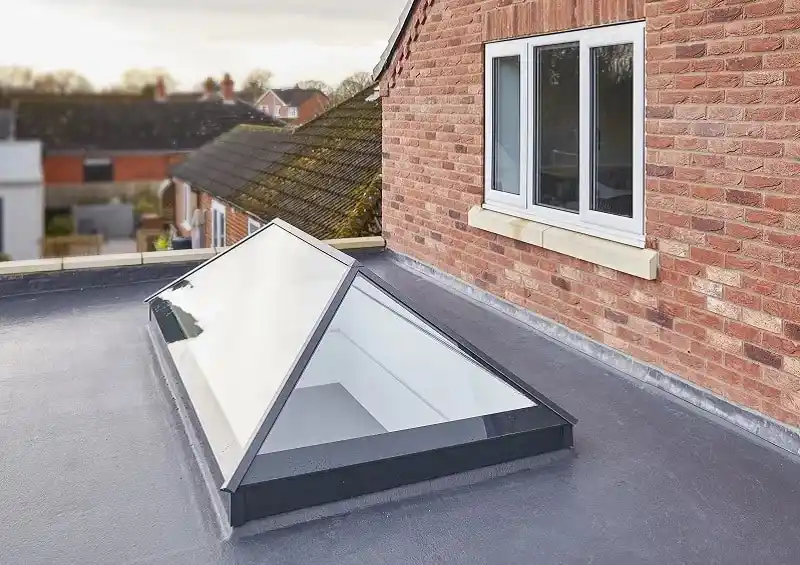Aluminum Profiles in Skylight Systems
Aluminum profiles play a key role in skylight (glass roof) systems by providing structural support, effective sealing, visual elegance, and overall safety. These profiles are used both in the main framework and in detailed connection points, ensuring durability and precision in the entire assembly.
Key Applications of Aluminum Profiles in Skylight Systems
Glass or Polycarbonate Support Frame
Provides a strong and stable structure for holding glazing materials securely in place.Sealing and Waterproofing
Ensures reliable protection against water and air infiltration.Thermal and Acoustic Insulation
Helps maintain energy efficiency and sound control within the building.Modern Aesthetics
Contributes to a sleek, contemporary architectural appearance.Easy Installation and Assembly
Designed for efficient and precise on-site installation.

BC50 Curtain Wall System
Contact us now to order your SkyLight system!
Key Functions of Aluminum Profiles in Skylight Systems
1. Structural Frame for Glass or Polycarbonate Panels
The primary application of aluminum profiles in skylights is to form the main structural frame.
These frames support glass or polycarbonate panels and transfer loads caused by weight, wind, and snow to the building structure.
They typically consist of horizontal (transoms) and vertical (mullions) profiles.

2. Sealing and Waterproofing
Aluminum profiles, combined with EPDM rubber strips, silicone, or specialized gaskets, ensure effective sealing of the skylight system.
Sloped designs and built-in drainage grooves help direct rainwater toward the drainage system, preventing leakage.
3. Thermal and Acoustic Insulation
In double or triple-glazed skylights, aluminum profiles with thermal break technology reduce heat and sound transfer.
These profiles include polyamide barriers that separate the inner and outer sections to improve energy efficiency.
4. Modern Aesthetics and Design
Aluminum profiles are available in a variety of finishes (anodized, powder-coated), allowing visual harmony with the building’s architecture.
Their slim, minimal design and precise corner joints give skylights a luxurious and contemporary appearance.
5. Easy Installation and Assembly
Modern skylight systems are often modular. Aluminum profiles are engineered for quick and precise assembly without the need for heavy metalwork, making the installation process efficient and clean.

To receive a consultation, Please fill out the form below
Common Types of Skylight Aluminum Profiles
T-Profiles:
Used to support horizontal double-glazed panels, offering strength and alignment.U-Channels:
Applied as side frames to securely hold glass or polycarbonate sheets along the edges.L-Shaped (Angle) Profiles:
Utilized at corners to provide structural connection and clean transitions.Thermal Break Profiles:
Designed for cold climates, these profiles include a polyamide barrier to reduce thermal bridging and improve insulation.Clip or Cover Profiles:
Allow for glass installation without visible exterior screws, enhancing both aesthetics and water-tightness.
